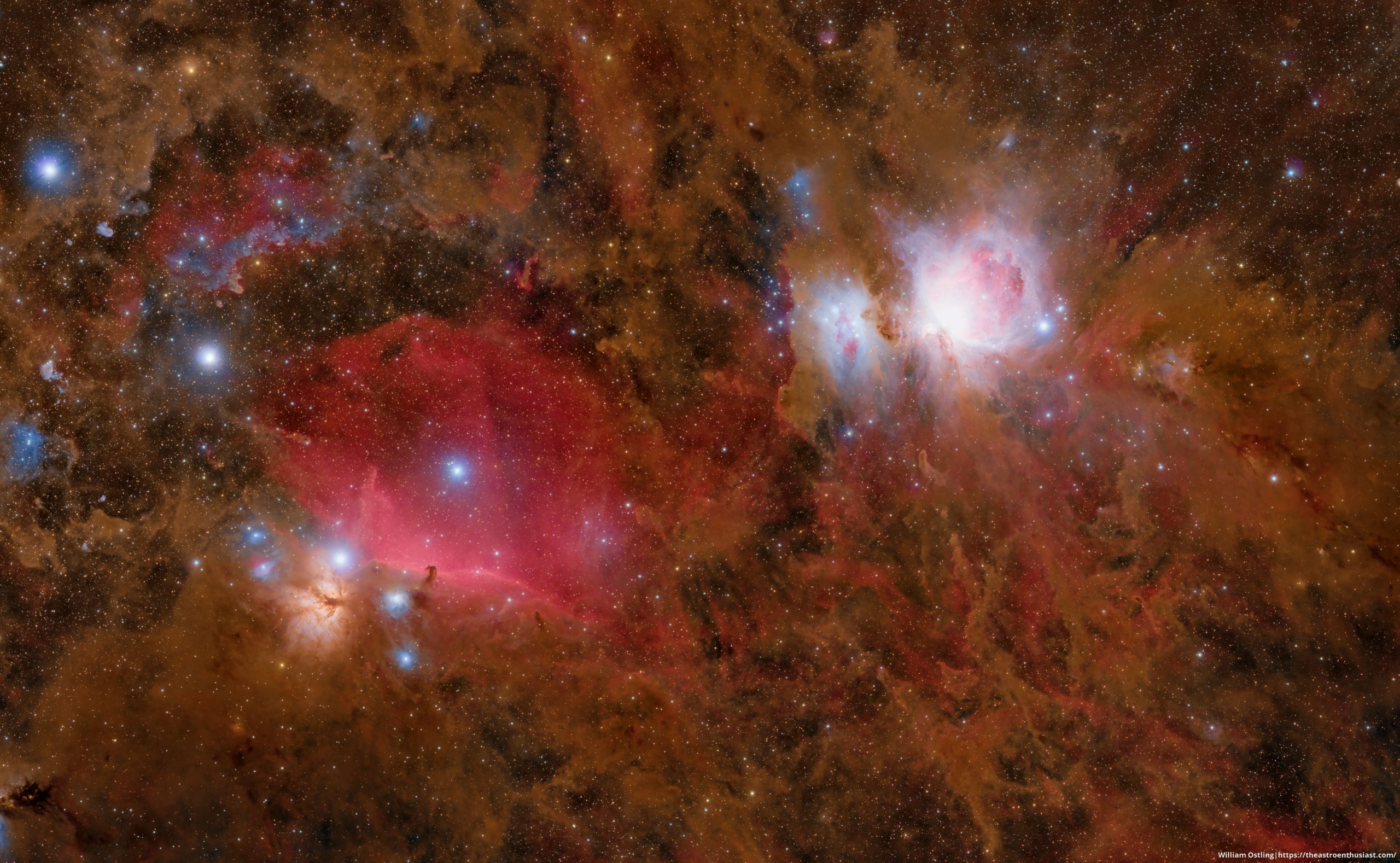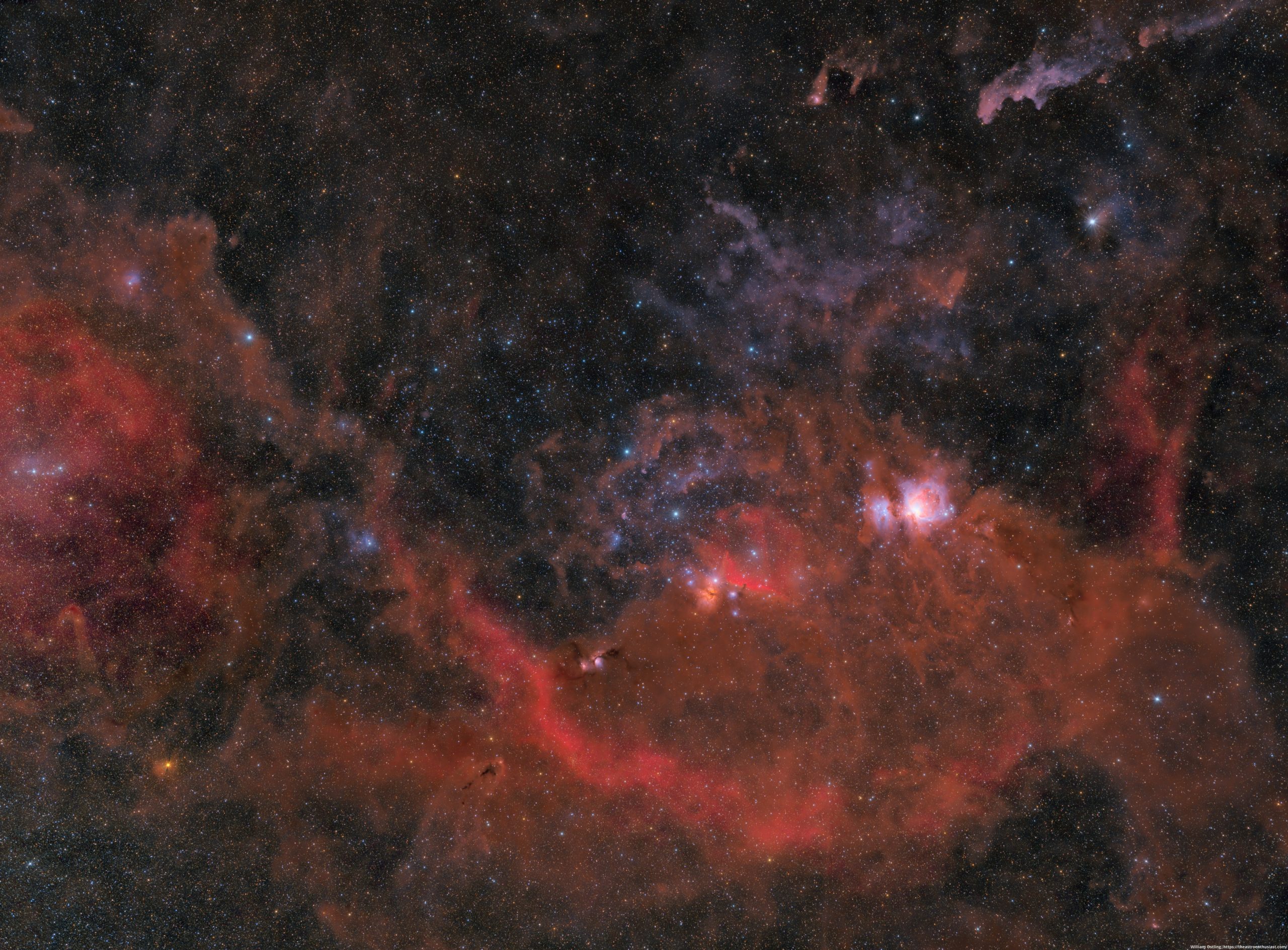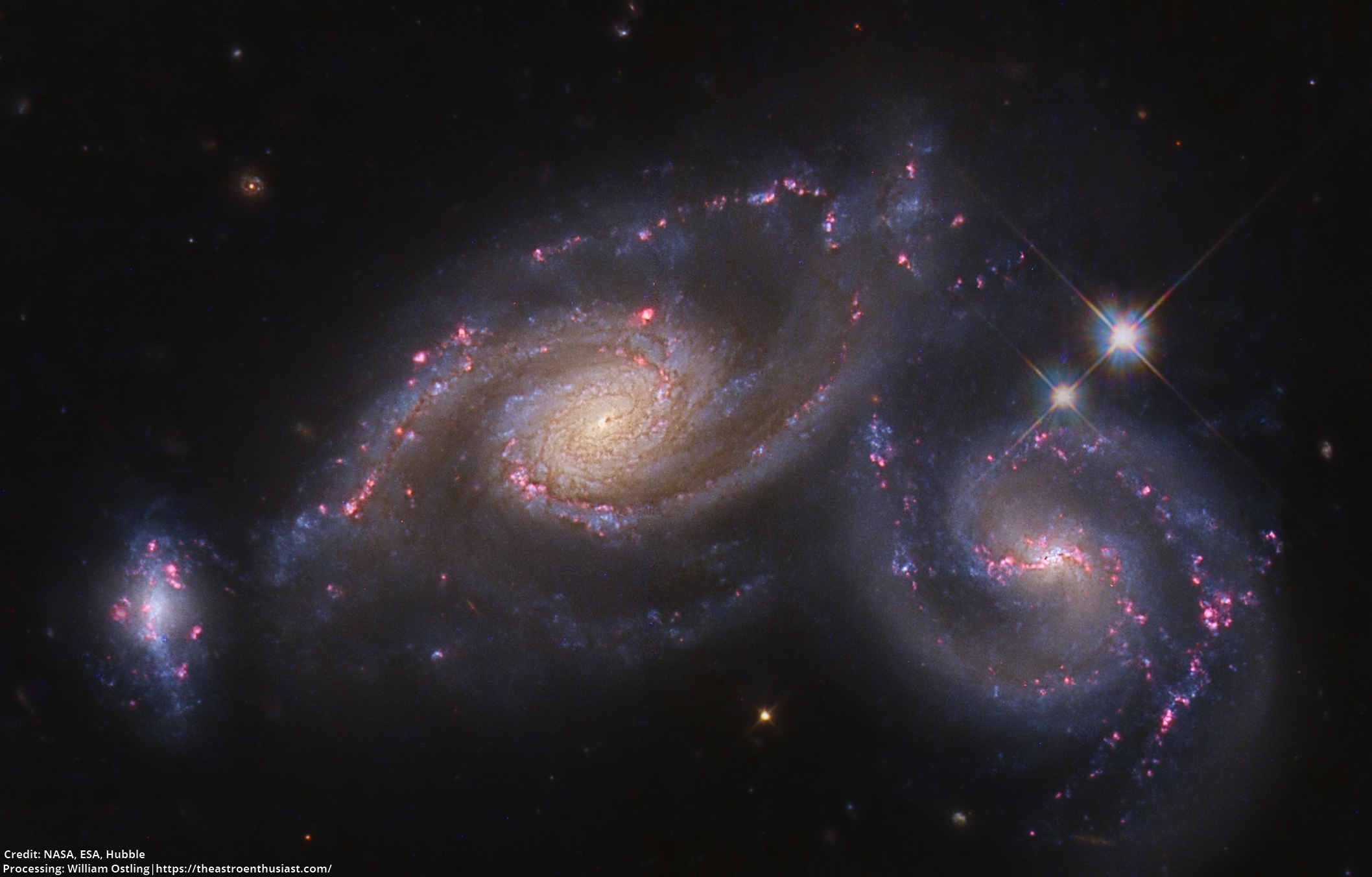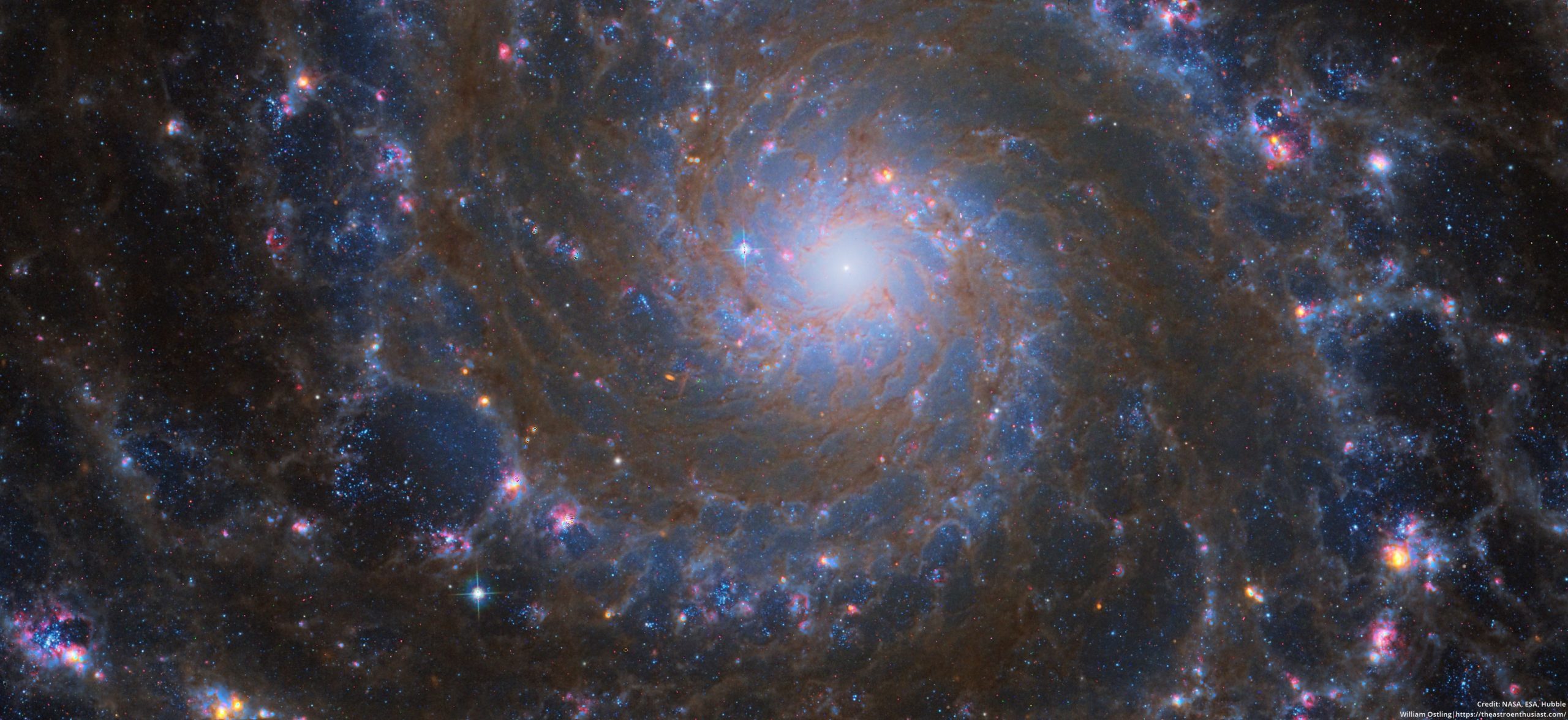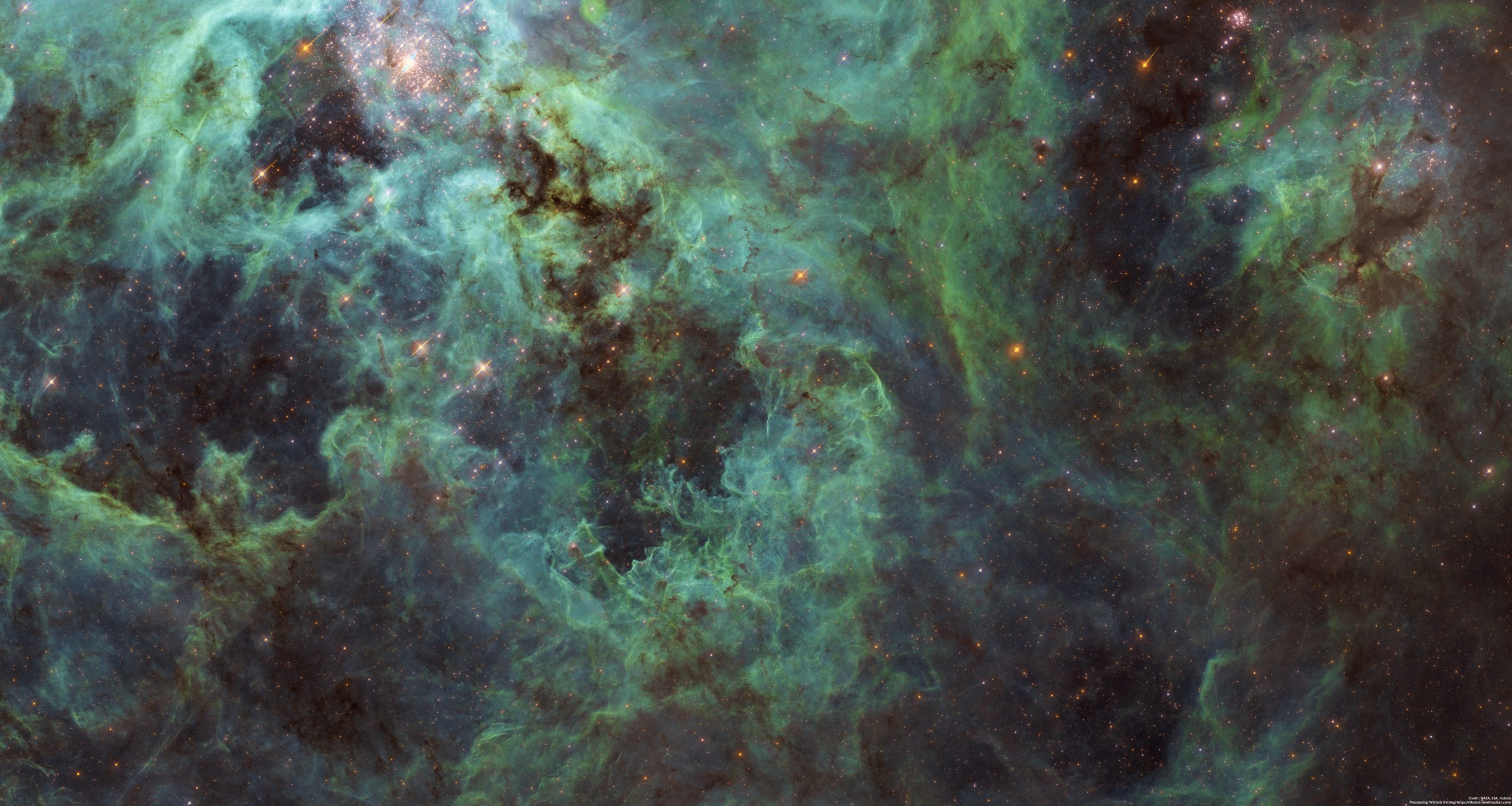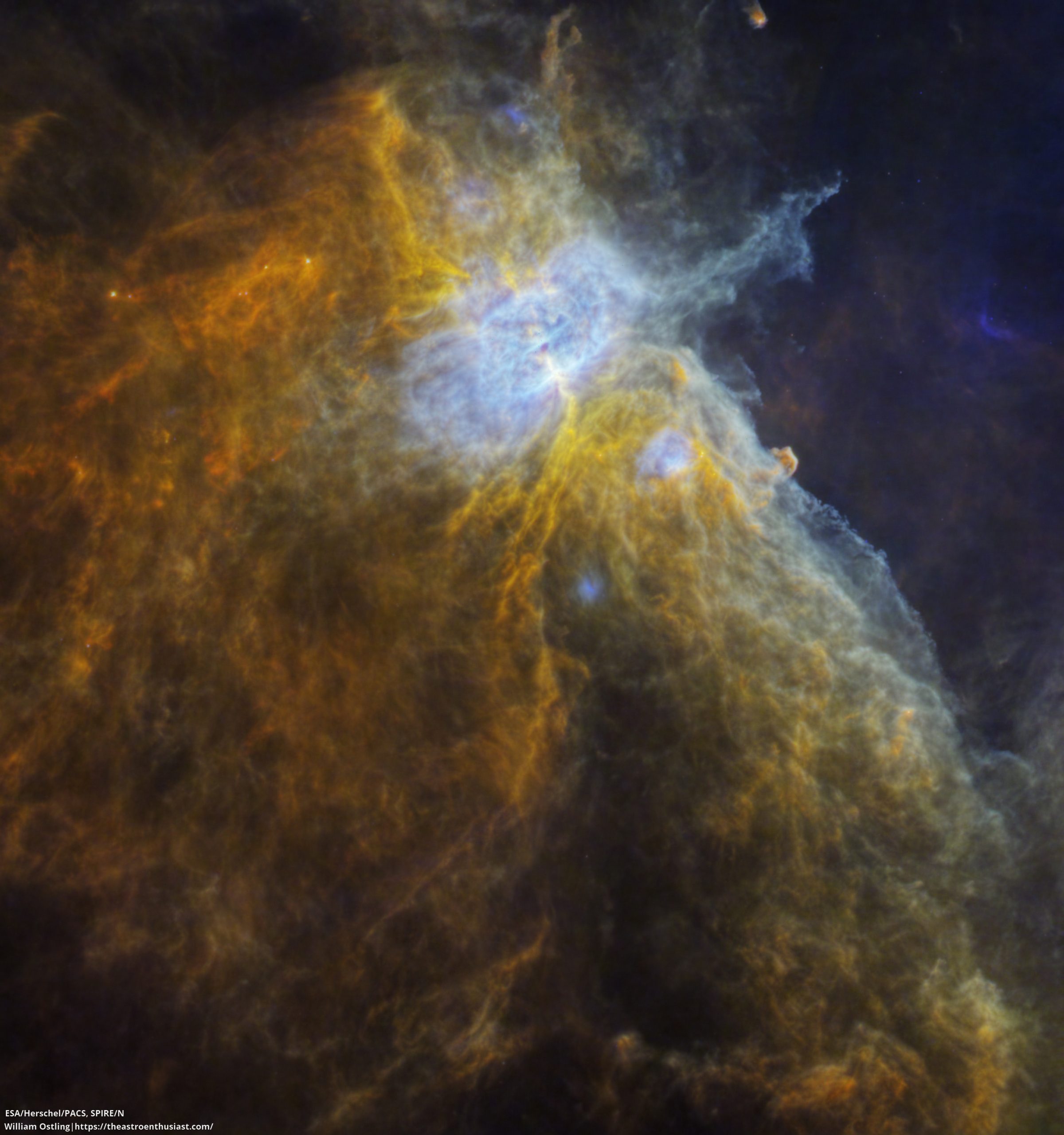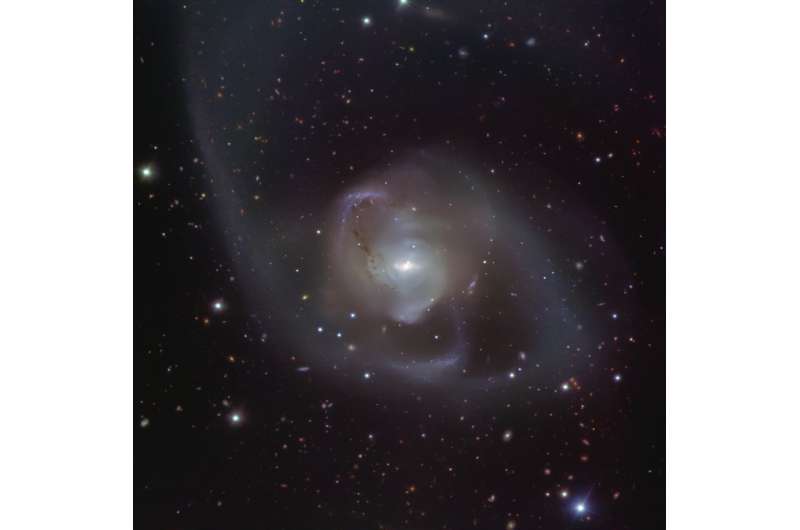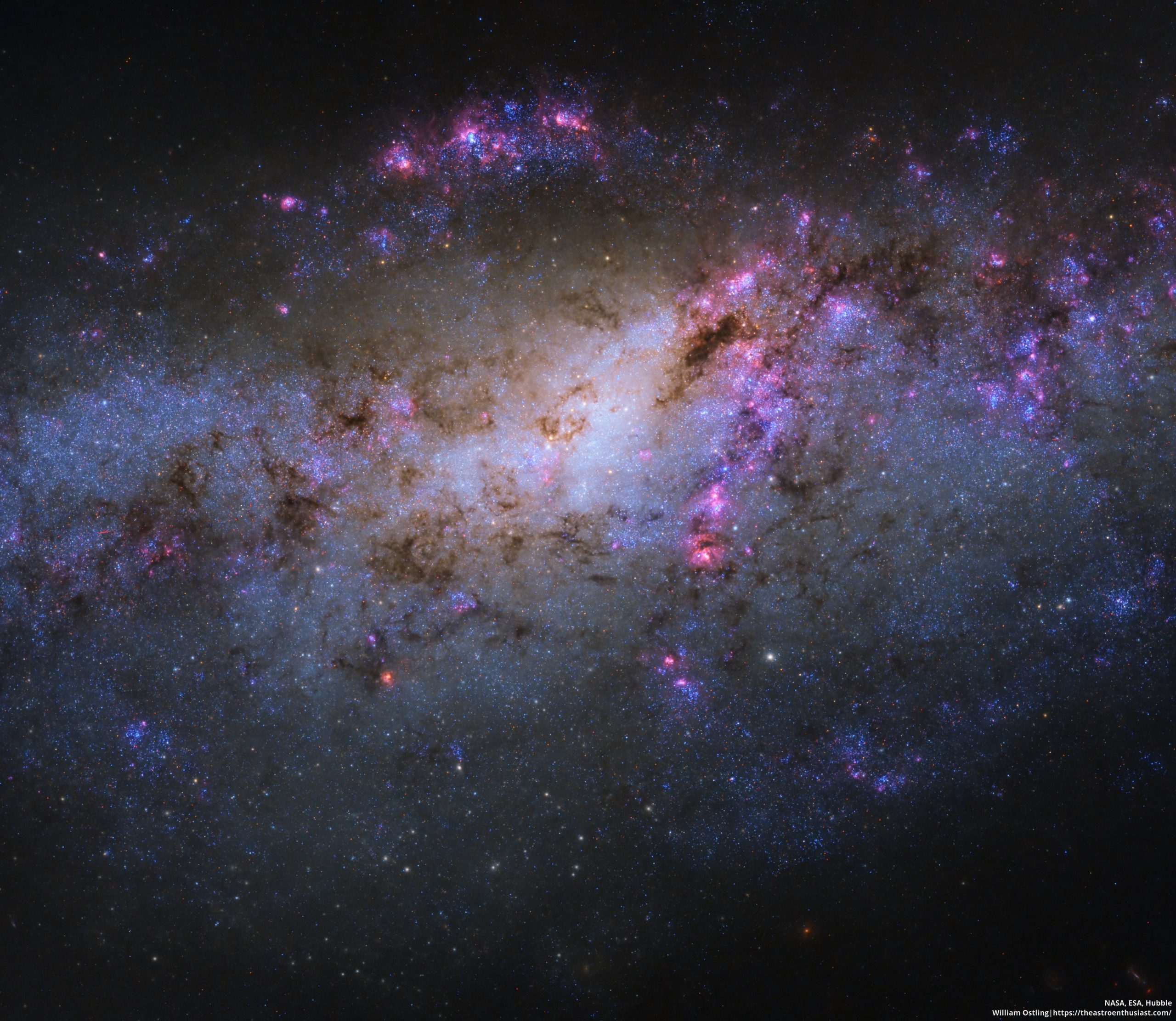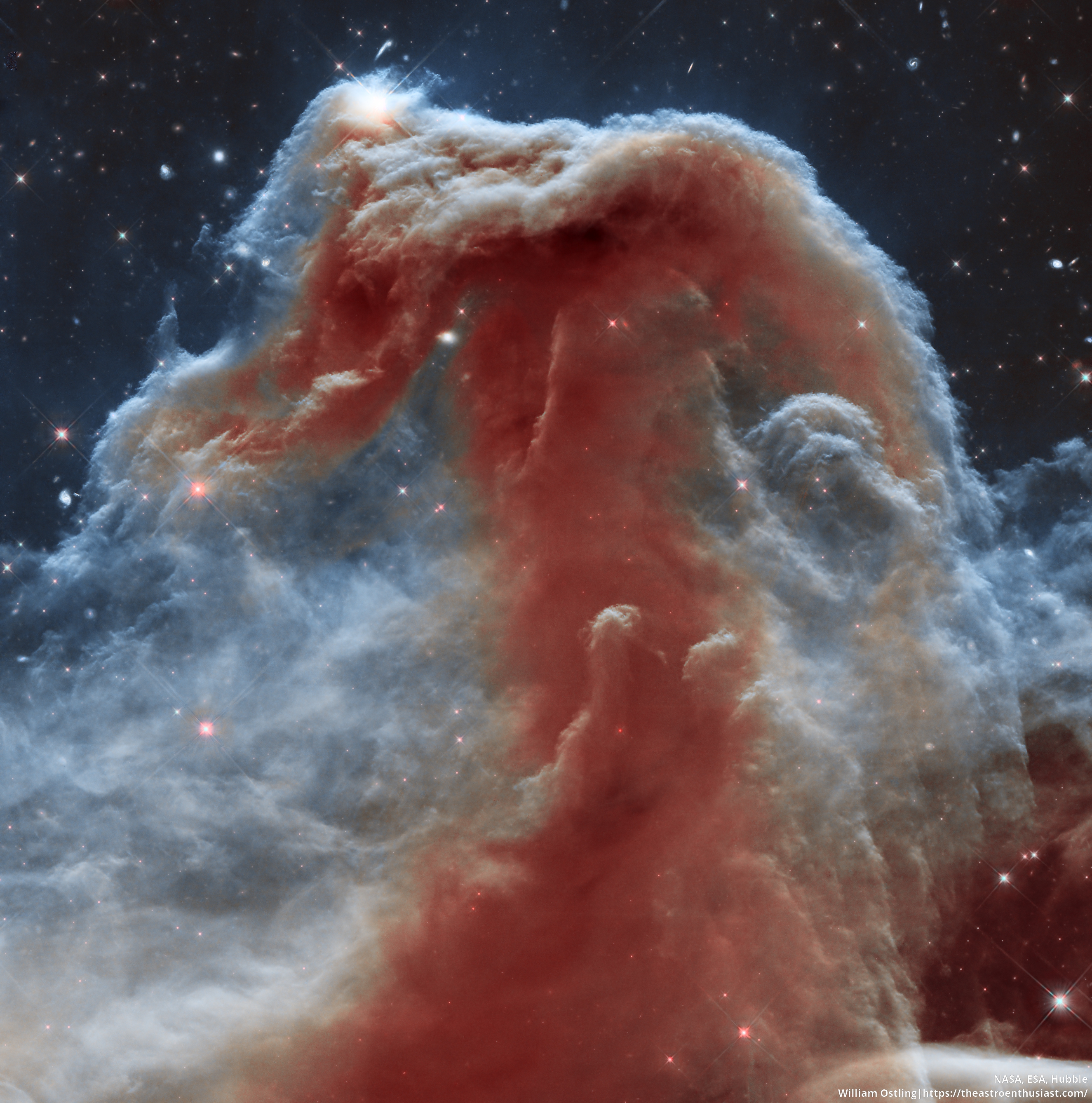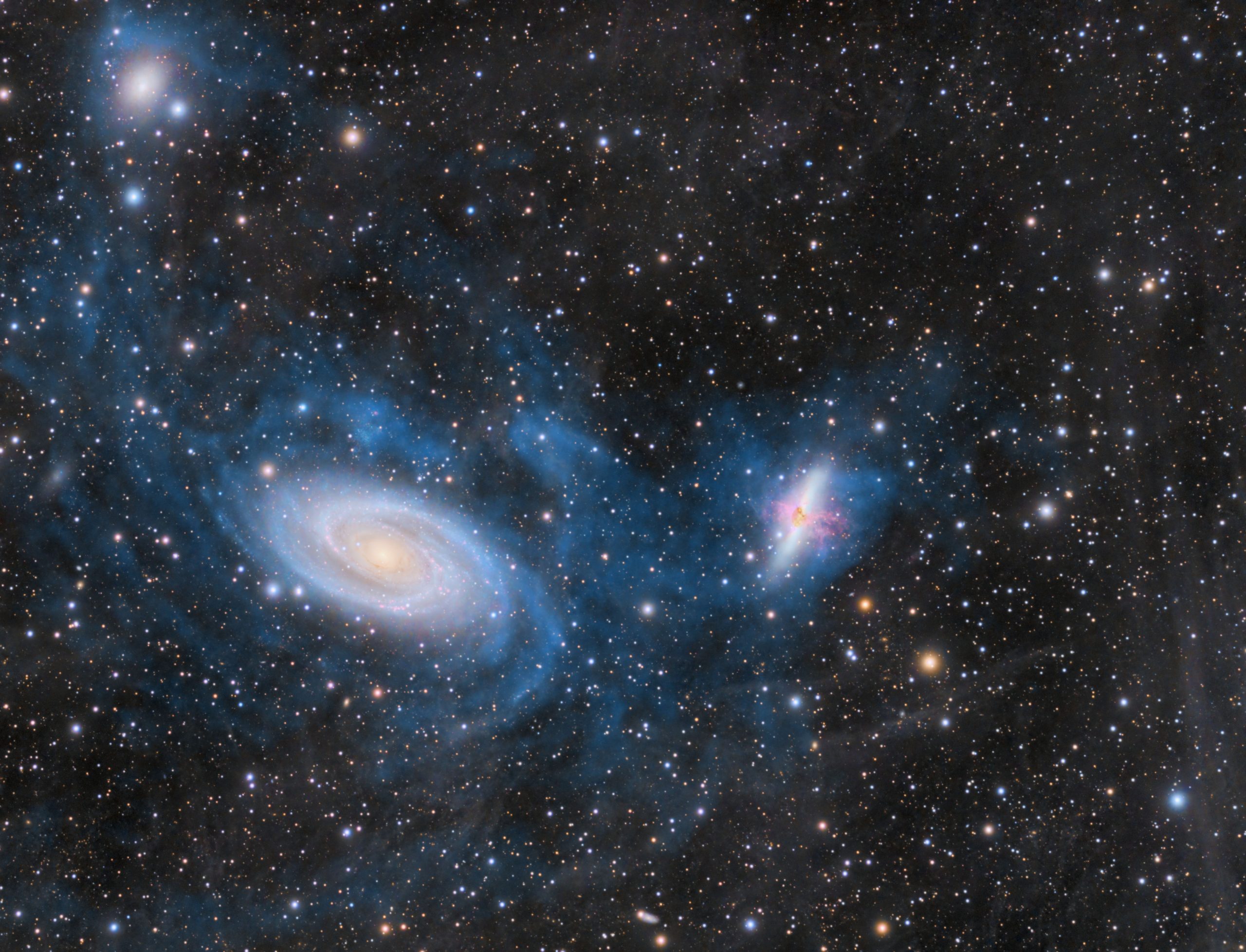A 62-hour widefield image of Orion
Edit 2/11/2023: This image was featured by NASA’s universe view screen Instgram, Astronomy Magazine’s image of the day: https://astronomy.com/photos/picture-of-day/2023/02/a-wide-view-of-orion, and the Amateur Astronomy Image of the Day: https://www.aapod2.com/blog/M42 The dark Horsehead Nebula and the glowing Orion Nebula are contrasting cosmic vistas. Adrift 1,500 light-years away in one of the night sky’s most recognizable constellations, they appear in opposite corners of the image. The familiar Horsehead nebula appears as a dark cloud, a small silhouette notched against the long red glow at the lower left. Alnitak is the […]
Read more